WashU scientists found that 57% of 201 samples of weedy rice collected from fields in nine counties or parishes of Missouri, Arkansas and Louisiana in 2022 were resistant to the imidazolinone (IMI) family of herbicides.

news, journals and articles from all over the world.

WashU scientists found that 57% of 201 samples of weedy rice collected from fields in nine counties or parishes of Missouri, Arkansas and Louisiana in 2022 were resistant to the imidazolinone (IMI) family of herbicides.
Texas A&M AgriLife Research scientists are working on a new research project to fight plant diseases transmitted by psyllid insects — particularly the zebra chip disease, which has impacted potato production for decades.
Michigan State University was awarded over $700,000 to provide undergraduate students the opportunity to participate in research and extension projects with a focus on data analytics to address agricultural finance, food safety and food insecurity.
The U.S. Department of Agriculture has issued a federal order for the testing of the nation’s milk supply. This order comes following the increase in bird flu cases. The virus was first detected in March in a Texas cow and…

A new study has revealed that tomatoes harvested at an extremely early stage can still undergo maturation and ripening postharvest, offering a new avenue to enhance agricultural practices. The research explores the molecular and physiological changes occurring in these early-harvested fruits, demonstrating their ability to mature despite some challenges in pigment and cuticle formation. Importantly, seeds from these tomatoes remain viable, capable of germinating and growing into healthy plants. This discovery challenges conventional views on fruit development and suggests that the genetic programs governing maturation are triggered early, independent of full fruit growth or attachment to the plant.
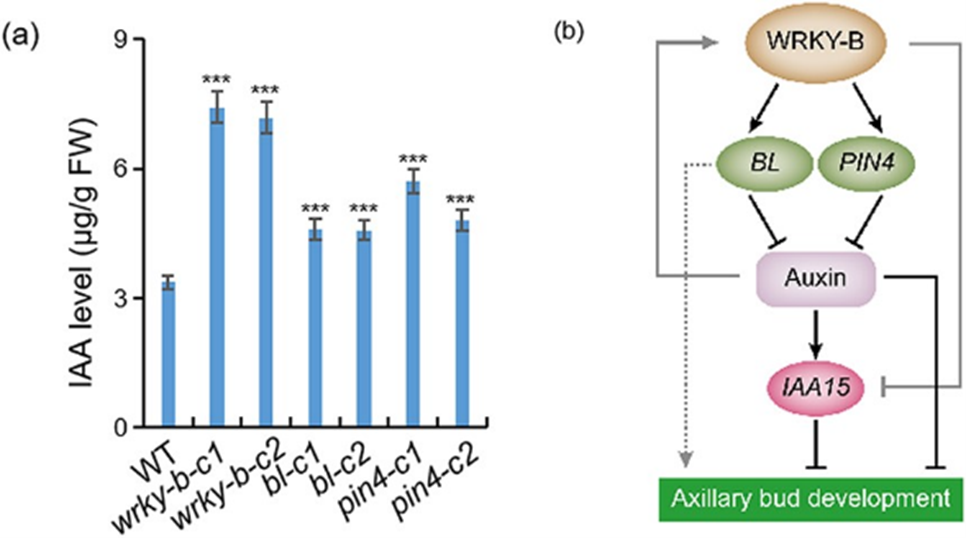
A pivotal study has unveiled the genetic mechanisms that control lateral branching in tomatoes, a critical factor for improving crop productivity. By focusing on the WRKY-B transcription factor, the research identifies its central role in regulating the number and growth of lateral branches. This discovery not only enhances our understanding of plant development but also offers new possibilities for breeding strategies aimed at boosting tomato yields and ensuring more efficient agricultural practices.

A recent study has uncovered new genetic insights into how two wild strawberries—Fragaria corymbosa and Fragaria moupinensis—have evolved to thrive in high-altitude environments.
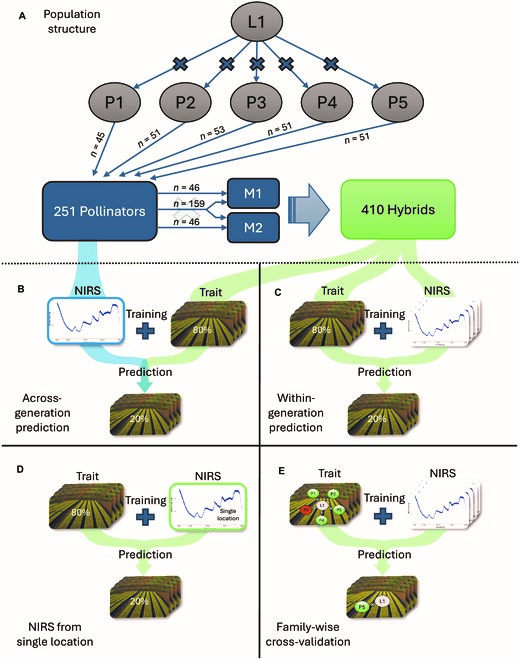
A research team introduces phenomic selection (PS) as a low-cost, high-throughput alternative to genomic selection (GS) in hybrid rapeseed breeding.
A cutting-edge studystudy has uncovered the pivotal role of the sltrxh protein in tomatoes in managing nitrate stress—a growing challenge in modern agriculture. The research highlights that s-nitrosation, a key post-translational modification of sltrxh, significantly enhances the plant’s ability to tolerate high nitrate levels. This discovery marks a promising step toward developing crop varieties with improved resistance to nitrogen stress, addressing both agricultural and environmental concerns.
An international team of researchers led by Pere Gelabert and Ron Pinhasi of the University of Vienna and David Reich of Harvard University has produced the most complete set of Early Neolithic genetic data from Central Europe to date. The results of this study, just published in Nature Human Behaviour, reveal that the culture responsible for the expansion of agriculture in Central Europe 8,000 years ago showed no signs of population stratification.
In Chaos, researchers share a mathematical model created to capture the nonlinear relationships between CO2, temperature, human population, and crop growth. Increasing evidence of chaotic and complex dynamics within ecological systems led them to use both autonomous and nonautonomous models to gain a deeper understanding of seasonal variations and potential mitigation strategies, such as developing temperature-tolerant crops.
We have probably all seen a soybean plant, about 1 meter high with leaves and pods compactly arranged on a main stem with a few short side branches. The wild relative of the domesticated soybean is a long vine with pods widely distributed on many side branches. Plant breeding by farmers thousands of years ago is to thank for this dramatic change.
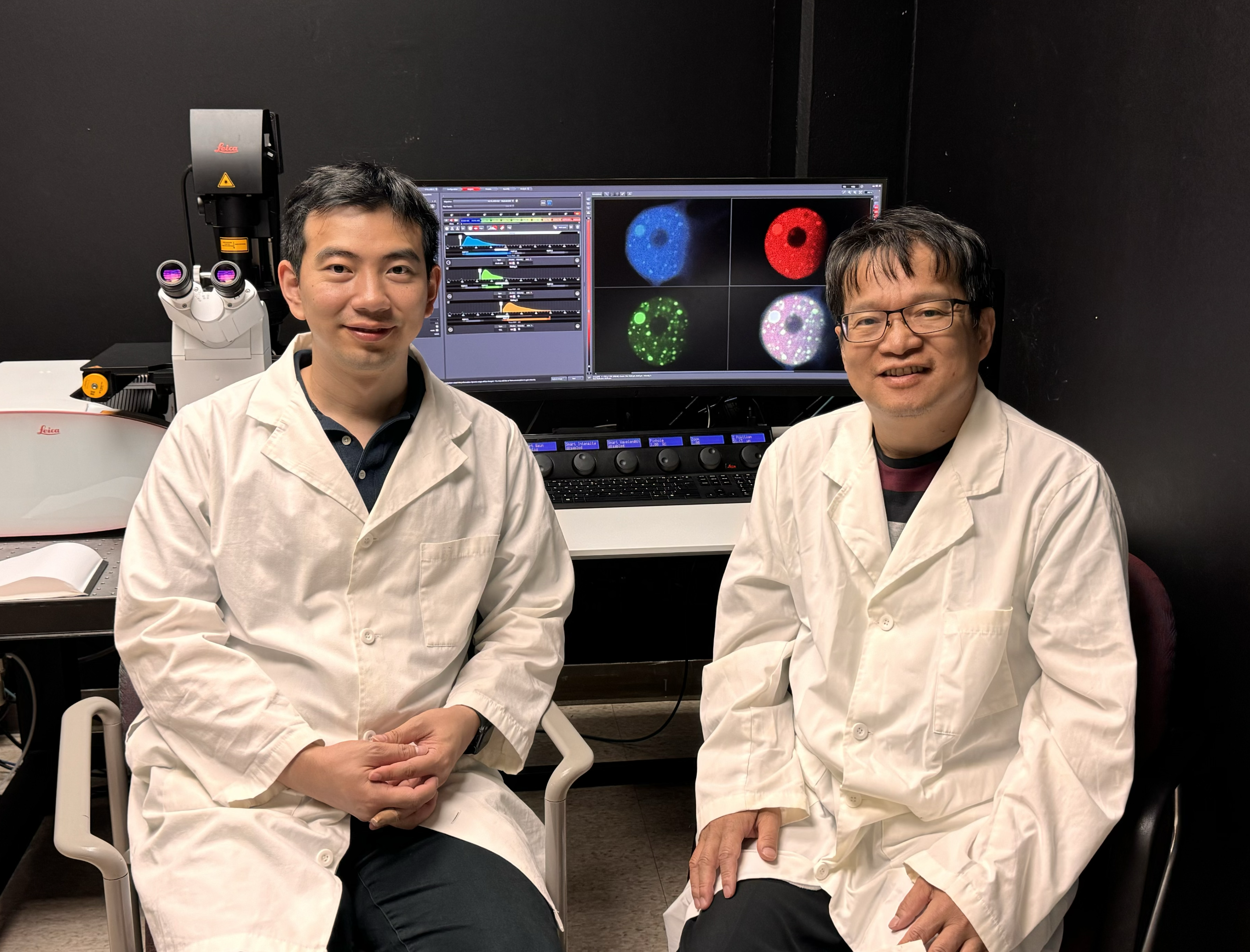
Texas A&M AgriLife researchers uncovered a promising target for controlling gene expression and other cellular processes, which could lead to advancements in crop resilience and our understanding of certain human diseases.
What if farmers could not only prevent excess phosphorus from polluting downstream waterways, but also recycle that nutrient as a slow-release fertilizer, all without spending a lot of money? In a first-of-its-kind field study, University of Illinois Urbana-Champaign researchers show it’s possible and economical.
RIPE researchers found that modern soybean plants have increased mesophyll conductance compared to ancestral soybean plants. Their work was recently published in Plant, Cell and Environment.
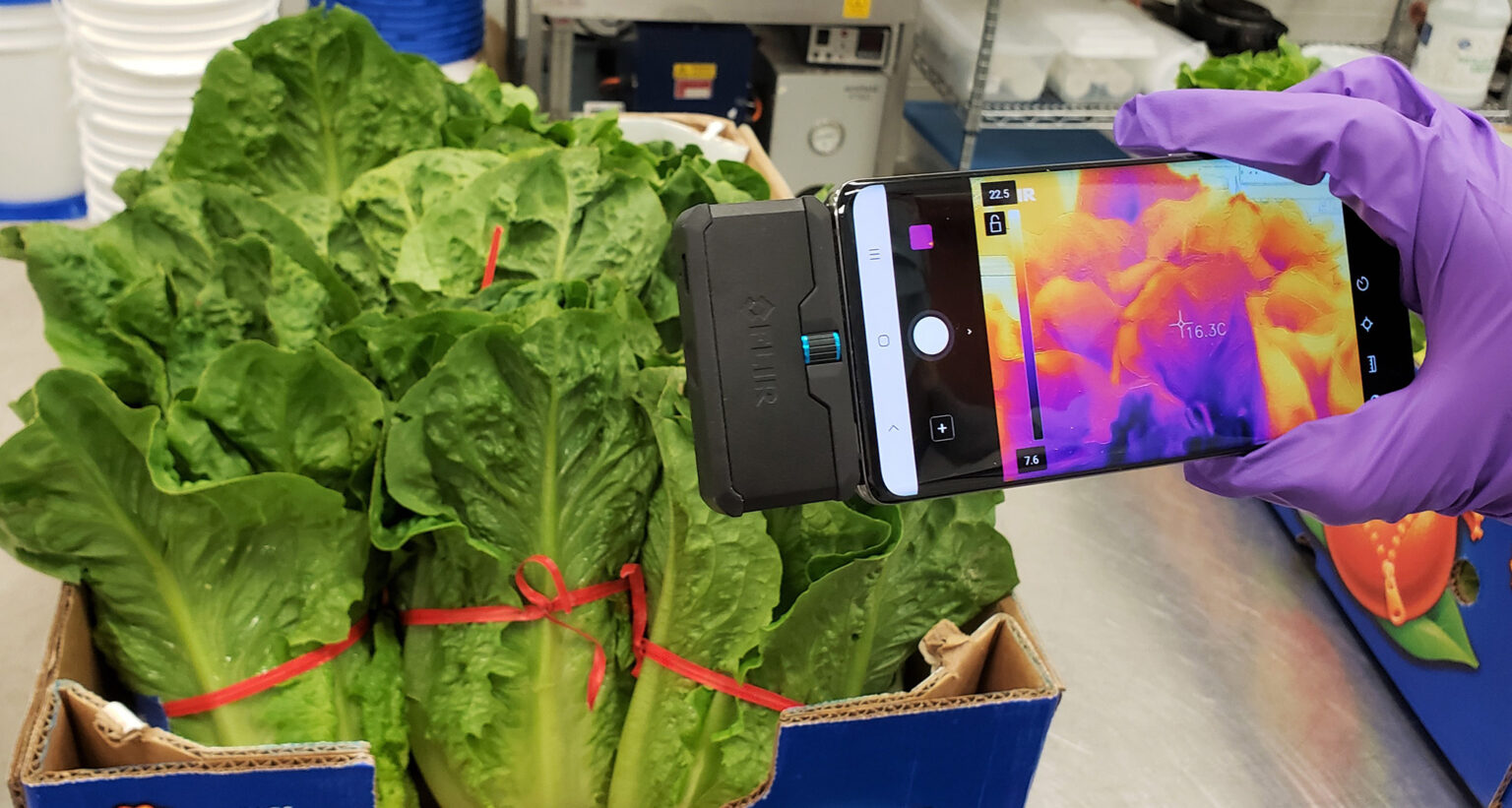
A recent University of Georgia review suggests new temperature measuring technologies could make that process much simpler, amid growing agricultural challenges fueled by fluctuating climates.
Carnations, prized for their diverse colors and long vase life, have had their genomes completely sequenced, marking a significant advancement in floral biology. This study offers detailed insights into the genetic underpinnings of this popular flower, crucial for guiding breeding programs aimed at enhancing its aesthetic and practical qualities. The comprehensive genome map provides a foundation for exploring the complex interplay between gene expression and the carnation’s rich phenotypic variation.
Scientists have identified a natural compound, (Z)-3-hexenyl butyrate (HB), that can induce stomatal closure in plants, a defense mechanism to conserve water and protect against pathogens. This discovery could lead to more sustainable agricultural practices by enhancing crop resilience to environmental stresses without the need for synthetic pesticides.
Gardens offer a steady and reliable source of nectar all year round, helping to keep pollinators fed when farmland sources are limited, researchers have discovered.
In August, the EPA released the final Herbicide Strategy to identify and mitigate potential herbicide runoff/erosion/drift to avoid harming ESA-listed species. Updates to herbicide labels will require applicators to reference the EPA’s Bulletins Live! Two website to determine whether the fields are within listed…
Boron, a crucial nutrient for plants, is essential for tomato growth and development. Yet, how tomatoes respond to boron deficiency has remained largely unclear. This study sheds light on the physiological and molecular changes tomatoes undergo when faced with boron scarcity. The findings reveal critical mechanisms that could lead to new strategies for boosting crop resilience and improving productivity in agriculture.
A new study has revealed how light regulates the growth and pigmentation of woodland strawberries. Researchers identified the FvePhyB gene, a red/far-red light photoreceptor, as a key player in controlling plant height and anthocyanin production. These findings could reshape strawberry farming by optimizing light conditions to improve crop quality and yield.
In the ongoing effort to enhance crop efficiency, researchers have uncovered key genetic components of photosynthesis in tomatoes. A new study highlights the PetM domain-containing protein, crucial for the electron transport chain in chloroplasts, and its role in plant growth under different light conditions. By knocking out the PetM gene, scientists observed significant effects on photosynthesis, providing fresh insights into how plants adapt to varying light environments. This discovery could pave the way for improving crop resilience and productivity.
A pivotal study has illuminated how woodland strawberries launch rapid defense mechanisms against Botrytis cinerea, the fungus responsible for devastating gray mold. Using high-resolution RNA sequencing, researchers mapped the strawberry’s swift systemic response and the pathogen’s persistent gene activity during early infection stages. These findings are key to advancing strategies aimed at enhancing plant immunity, offering promising directions for safeguarding strawberry crops from this widespread disease.
As the world’s native bee populations are declining, crop production requiring pollinators increasingly relies on commercial pollination services. A study from the University of Illinois looks at pollination contracts between beekeepers and California almond growers, exploring clauses that make the agreements more appealing for both parties.

Agricultural producers and farm workers experience stressful working conditions that result in anxiety and depression at higher rates than the general population. At the same time, access to mental health care is often lacking in rural areas. In response, the USDA National Institute of Food and Agriculture funded four regional farm and ranch stress assistance networks in 2019.

Agriculture is a stressful occupation, and farmers struggle with anxiety and depression at higher levels than the general population. A new study from the University of Illinois Urbana-Champaign examines differences in mental health challenges for men and women farmers, focusing on the role of social support in mitigating stress.
Federal, state and university officials are inaugurating a research and demonstration project at Rutgers University-New Brunswick with the purpose of advancing a technology that could produce renewable energy while making farms more sustainable.
Plants widen microscopic pores on their leaves in response to heat. But scientists lacked an understanding of the mechanisms behind this “sweating” function. Now, biologists have unlocked the details behind these processes and identified two paths that plants use to handle rising temperatures.
Agriculture is the world’s largest industry. It employs more than one billion people and generates over $1.3 trillion dollars’ worth of food annually, but some farm practices have serious negative impacts on the environment, which is why sustainable agricultural practices have been championed.
A new study from the University of Illinois Urbana-Champaign examines the combined influence of grazing and climate on the outflow of nitrogen from pastures into water resources under different grazing schemes.
Scientists have discovered a novel defense mechanism in tea plants where the synthesis of anthocyanin-3-O-galactosides is triggered by infections, particularly anthracnose. This breakthrough enhances our understanding of the plant’s immune response and could lead to the development of more resilient tea varieties, offering a potential transformation in tea cultivation.
Researchers have achieved a groundbreaking advancement in plant biotechnology by using a magnetofected pollen gene delivery system to genetically transform cucumbers. This cutting-edge method uses DNA-coated magnetic nanoparticles to introduce foreign genes into pollen, producing genetically modified seeds without the need for traditional tissue culture or regeneration steps. This technique significantly streamlines and accelerates crop genetic modification, opening up new avenues to boost agricultural productivity and resilience.
For many decades, the coca plant – the main ingredient in cocaine – has been grown almost exclusively in South America. But a new study shows that nearly half of northern Central America appears to be highly suitable for cultivating this lucrative cash crop.
A recent study has uncovered how the pathogen Ralstonia solanacearum disrupts plant defenses through its type III effector RipAF1. The research shows that RipAF1 modifies a critical plant protein, FBN1, via ADP-ribosylation, which alters the plant’s hormonal signaling balance, suppressing jasmonic acid (JA) and enhancing salicylic acid (SA) pathways.
A new partnership between the New York State Mesonet at the University at Albany and New York State Integrated Pest Management Program (NYSIPM) at Cornell University is helping farmers and agricultural producers across the state optimize crop management.
In a notable advancement, scientists have developed an efficient gene functional analysis method for peach seedlings, overcoming longstanding hurdles in genetic transformation. Utilizing a TRV-based vector system, this innovative approach induces high-frequency gene silencing across diverse plant tissues, enabling in-depth analysis of genes essential for growth and development. The streamlined process notably shortens the transformation and analysis timeline to just 1.5 months, accelerating advancements in horticultural research.
Scientists have uncovered a crucial evolutionary mechanism that could revolutionize oil production in crops. The study reveals that whole genome duplications (WGDs) significantly boost oil content in oil crops, offering a strategic pathway to increase vegetable oil yields to meet rising global demand. This discovery promises to transform agricultural practices, ensuring a sustainable supply of this vital resource for both dietary and industrial use.
Advancing the frontiers of agricultural genetics, a newly developed eight-way tomato Multiparental advanced generation intercross (MAGIC) population serves as a rich genetic resource that unlocks diverse traits from wild tomato species.
In the era of smart agriculture, the precise labeling and recording of growth information in plants pose challenges for modern agricultural production. This study introduces strontium aluminate particles based microneedles (MNs) patches as diverse luminescent labels for information encoding and storage during plant growth
Researchers have discovered that miR319a, a microRNA, significantly enhances poplar trees’ resilience to salt stress, potentially revolutionizing tree cultivation in saline environments. This discovery sheds light on how trees maintain essential ion balance under salty conditions, paving the way for developing salt-tolerant varieties.
This study suggests single-pixel detection as a cost-effective alternative to expensive InGaAs focal plane arrays (FPAs) for near infrared (NIR) hyperspectral imaging.
GW study helped lead to USDA action; Experts available for comment …
Wildfires can damage crops, even if flames come nowhere near the plants. One outcome can be an unpleasant flavor and smell of wine that is made from grapes exposed to smoke. But researchers report in ACS’ Journal of Agricultural and Food Chemistry that they have developed a way to lessen this smoke taint to improve the palatability of the wine.
A pioneering study has uncovered the genetic basis of dormancy in lychee trees, a tropical evergreen perennial. The research identifies LcSVP2 as a critical gene in the regulation of terminal bud dormancy.
Agritech and Innovation Center (AIC), Chulalongkorn University, in Saraburi, with its network, organized the “AIC Chula Saraburi Expo 2024” on June 25-26, 2024, under the concept “International Food and Low Carbon in Agriculture and Livestock.” The event aimed to expand the target attendees to students and young people to create a network of agriculturalists, researchers, innovators, entrepreneurs, and public and private organizations. The goal is to apply knowledge to create beneficial innovations for the advancement of the country.
A research team developed two types of granular compound fertilizers, Hcf-P and Hcf-G, specifically designed suitable for unmanned air vehicle (UAV) spraying.
In space, fine dining can be an alien experience.
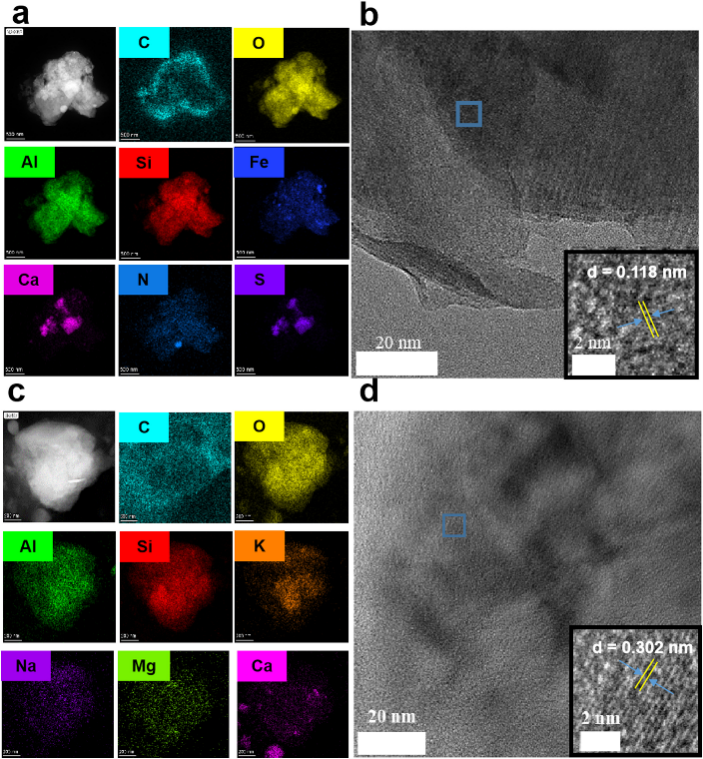
Imagine plants not just sipping nutrients dissolved in water, but actually munching on tiny mineral particles straight from the soil! This groundbreaking study sheds light on how wheat and lettuce aren’t just passive feeders—they actively grab, transport, and utilize solid minerals from their roots all the way to their shoots.
The USDA National Institute of Food and Agriculture is investing in University of Illinois Urbana-Champaign research that could expedite the development of climate-resilient corn.